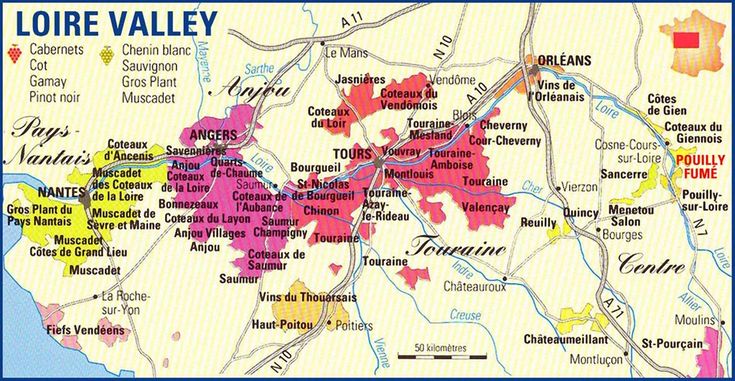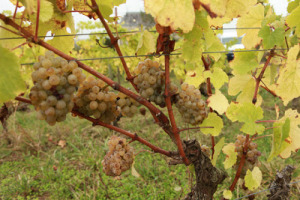The Quarts-de-Chaume appellation, which is tucked away along the gorgeous Loire Valley scenery, is a representation of the skill and finesse that characterise French winemaking. We take a historical tour of this esteemed area, learning about the beginnings, development, and production of the high-end wines made by Quarts-de-Chaume’s leading wineries.
Origins and Terroir
Quarts-de-Chaume’s winemaking heritage traces its roots back to the Middle Ages when monks and landowners cultivated vineyards in the region. The unique terroir of Quarts-de-Chaume, characterized by schist and volcanic soils, coupled with the moderating influence of the Loire River, creates an ideal environment for the cultivation of grapes, particularly the Chenin Blanc variety.
The Birth of Quarts-de-Chaume
Officially recognised as an AOC (Appellation d’Origine Contrôlée) in 1954, Quarts-de-Chaume gained prominence for its production of sweet wines. This classification acknowledged the exceptional qualities of the region’s wines and established guidelines for winemaking practices.

Within the Coteaux du Layon section of the Loire wine region, the appellation is an enclave. The “best quarter” (quart) in the Rochefort-sur-Loire municipality is where the moniker originates. The yields of this quarter were once held by the feudal lord. The vineyards span over fifty hectares and are situated on the right bank of the Layon, a tributary of the Loire, on steep hills facing south. This enduring sweet wine is created from grapes that are overripe (here, Pineau de la Loire) or, if noble rot is not present, 100% pure grapes of that variety. A maximum of 25 hl/ha is the yield that can be produced; the alcohol content is to be at least 12% vol, and the residual sugar content needs to be at least 34 g/l.
A section known as Coteaux du Layon Chaume was located in the municipality of Rochefort-sur-Loire in 2003. Producers of Quarts de Chaume contended that this disqualified their better-rated AOC. The INAO subsequently passed a specific regulation in 2011. “Grand Cru” can be added to Quarts de Chaume, and Coteaux-du-Layon Premier Cru Chaume is the classification for Chaume.
Château de Bellerive, Château Pierre-Bise, Domaine des Baumard, Domaine des Forges, Domaine de La Poterie, and Domaine de la Roche Moreau are well-known producers in the region. The AOC Bonnezeaux is a second enclave in the Coteaux du Layon region that produces wines that are strikingly similar.

Domaine des Baumard
Domaine des Baumard, a historic estate with roots dating back to the 17th century, is renowned for its exceptional Quarts de Chaume. Their premium sweet wine, crafted from meticulously tended Chenin Blanc grapes, showcases the perfect balance of acidity, richness, and longevity.
Château Bellerive
Château Bellerive, with its vineyards overlooking the Layon River, produces a distinguished Quarts de Chaume. This wine is celebrated for its opulent golden hue, intense floral aromas, and a palate that seamlessly weaves together notes of honey, apricot, and exotic spices.
Château Soucherie
Château Soucherie, a family-owned estate with a commitment to sustainable viticulture, produces a Quarts de Chaume that reflects the unique terroir of the region. Their premium offering is characterized by its vibrant acidity, lush fruit character, and lingering, honeyed finish.
Domaine FL
Domaine FL, combining tradition with modernity, crafts a Quarts de Chaume that captures the essence of the Chenin Blanc grape. The wine boasts a harmonious balance of sweetness and acidity, making it a standout in the Quarts-de-Chaume appellation.
Premium Wine: Clos de la Bergerie, Quarts de Chaume
Domaine Ogereau, with a history dating back to the 19th century, produces the renowned Clos de la Bergerie in addition to Quarts de Chaume. These wines are celebrated for their elegance, complexity, and the ability to age gracefully, reflecting the essence of the terroir.